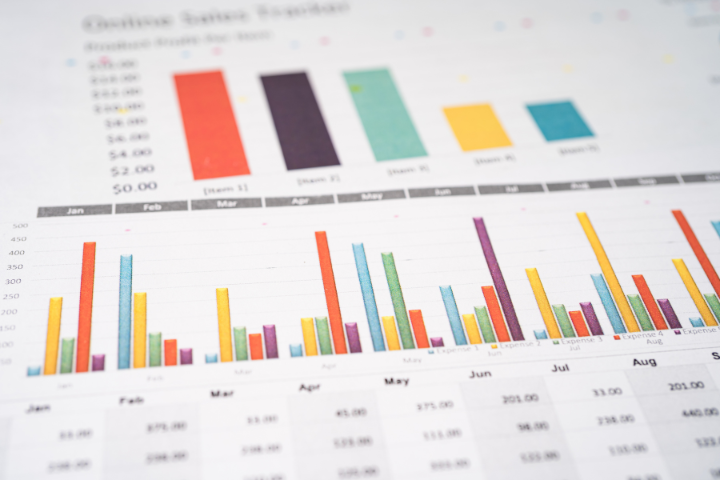Folks,
My second email from Adriana Re using density to determine gold mass fraction is below. She asked if we could communicate in French. The English translations are below the French.
Adriana writes:
Cher Dr Ron,
Merci d'avoir expliqué comment une mesure de densité d'un alliage d'or ne peut me donner la fraction pondérale de l'or que s'il n'y a qu'un seul élément connu. Souvent, l'or que nous, mineurs artisanaux, trouvons est allié à de l'argent (densité = 10,49 g/cc) et du cuivre (densité = 8,96 g/cc). J'ai vu des vidéos YouTube qui prétendent que je peux faire la moyenne des densités d'argent et de cuivre et (c'est-à-dire (10,49 + 8,96)/2 = 9,725 g/cc) et calculer la fraction massique d'or dans le minerai assez précisément. Est-ce correct?
Chaleureusement,
Adriana
Dear Dr. Ron,
Thank you for explaining how a density measurement of a gold alloy can only give me the weight fraction of gold if there is only one known element. Often gold that we artisanal miners find is alloyed with silver (density = 10.49 g/cc) and copper (density = 8.96 g/cc). I have seen some YouTube videos that claim that I can average the densities of silver and copper (i.e. (10.49 + 8.96)/2 = 9.725 g/cc) and calculate the mass fraction of gold in ore quite accurately. Is this correct?
Warmly,
Adriana
Chère Adriana,
J'ai utilisé l'outil de calcul de densité Excel® et le calculateur de fraction de masse que j'ai développés pour déterminer l'erreur d'utilisation de cette approche. J'ai utilisé des exemples où il y avait une forte concentration d'or (90%), une concentration moyenne d'or (50%) et une faible concentration d'or (10%).
L'essentiel est que cette technique de moyenne de densité fonctionne très bien lorsque la fraction massique d'or est de 90%, elle est marginale (erreur jusqu'à 10% absolu, 20% relatif) avec une fraction massique d'or de 50%, mais n'est pas utile si le la concentration d'or est faible, comme 40% ou moins. Voir le tableau 1.

Tabe 1. The actual mass fractions of gold, silver and copper are listed in the first three rows. The calculated value of the gold mass fraction is listed in row four, the mass fraction of gold error in row five and the relative percent error in row six.
Dear Adriana,
I used the Excel® Density Calculating Tool and the Mass Fraction Calculator that I developed to determine the error in using this approach. I used examples where there was a high concentration of gold (90%), a medium concentration of gold (50%) and a low concentration of gold (10%.)
The bottom line is that this density averaging technique works very well when the gold mass fraction is 90%, it is marginal (error of up to 10% absolute, 20% relative) with 50% gold mass fraction, but it is not useful if the gold concentration is low, like 40% or less. See Table 1.
If you would like the Excel® calculating tools I used, send me an email at [email protected].
Cheers,
Dr. Ron



